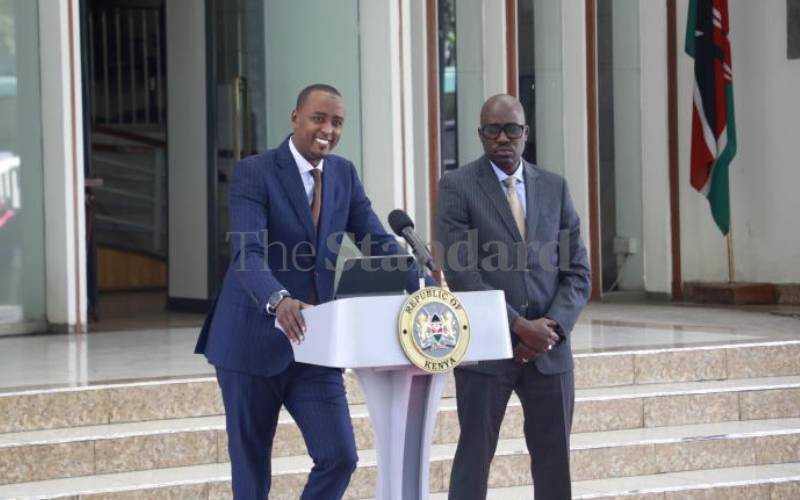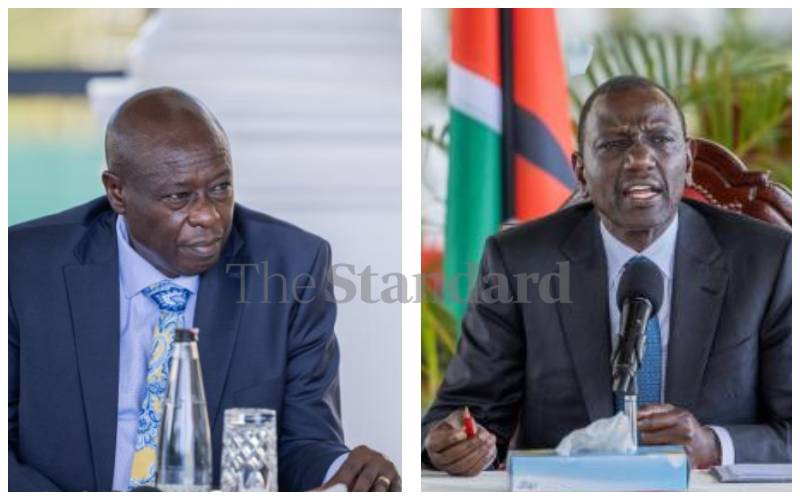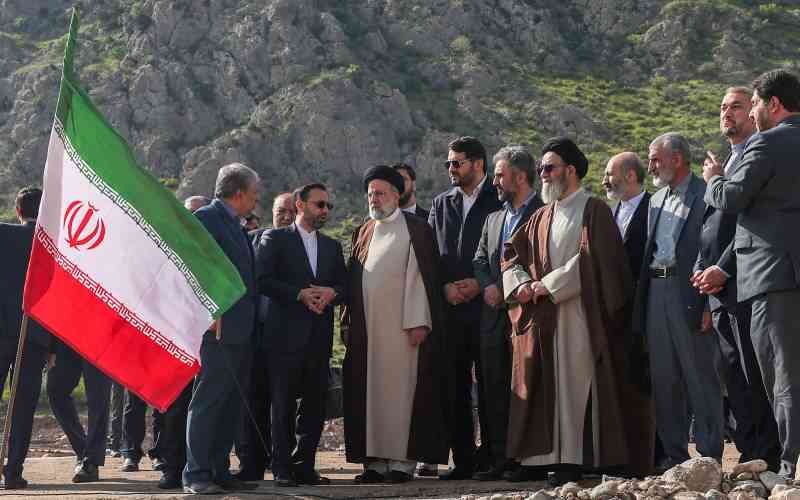No presidential aspirant has probably captured the imagination and hopes of pastoral and minority communities more than Eldoret North MP William Ruto.
Their low population notwithstanding, residents of the expansive northern Kenya and parts of Rift Valley region command a sizeable number of constituencies and counties. Also targeted by Ruto are pockets of minority communities in Western and coastal regions.
The United Republican Party flag bearer’s focus to bag more parliamentary seats has led credence to the perception that he is keener on settling for the newly created influential position of Majority Leader in Parliament. This notion is further enforced by the separate decisions of Cabinet ministers Ali Mwakwere and Kiraitu Murungi to turn down Ruto’s offers of being a running mate.
However, Ruto maintains his campaign for the big seat remains on track. The presidential aspirant is irked even the more by suggestions that he is merely on a mock exercise as he will eventually bow out of the race in favour of a compromise candidate.
“I have no slightest idea who is behind this propaganda. I mean, why would I spend all this time – almost three years – and energy on the campaign trail at the behest of someone else or merely to turn the numbers to some other candidate?” poses Ruto. With northern Kenyan fairly covered, the MP has lately embarked on penetrating western Kenya region. And his entry point is through Mt Elgon and Amagoro constituencies, where he has intensified political activity.
The absence of his point man in the region Lugari MP Cyrus Jirongo, with whom he has politically differed has not made his forays in western easier. But local pundits believe Ruto is making slow but remarked progress.
By making inroads in the region through Mt Elgon and Amagoro constituencies, observers say Ruto is being strategic and practical. The two constituencies, occupied by the Sabaot and Teso communities, are located amidst the populous Luhya community.
Fitting the bill
According to Mr Yobo Rutin, Executive Director for Centre for Minority Rights Development, Ruto’s rising popularity is credited to two key factors – ethnicity consideration among the Kalenjin communities, including the Sabaot and perception that he is warrior of the rights of minority communities.
Perpetually under the siege mentality, Yobo reckons minority communities always look up to a hero who can champion for their rights: “Ruto aptly fits the bill, having spearheaded the campaign against enactment of the new Constitution in 2010 by rightly or wrongly convincing minorities that the Constitution was going to isolate and alienate them even further.” Yobo has been monitoring activities of political players amongst and impacting on the minorities.
Most members of the pastoral communities, says Yobo, were touched by issues and legislations relating to land. This is an age-old communal asset that locals freely use to graze their livestock.
“But more importantly, Ruto’s aggressive push for these rights resonates very well with moranic instinct of people, who at each given historic time rally behind a given warrior to champion their rights,” he says. Nonetheless, Ruto’s forays in western Kenya are not rosy. Busia and Bungoma counties – that are solidly behind Prime Minister Raila Odinga and Justice minister Eugene Wamalwa, particularly pose a major challenge.
“The people of Busia voted almost to man for ODM in 2007 and it is true Agwambo (Raila) still holds sway even among the Teso in Amagoro constituency. But Ruto is equally making good progress and I can assure you, he will run away with a substantial number of votes come next year,” says John Imoite, a parliamentary aspirant in the newly created Teso North constituency.
Good progress
The politician says Ruto resonates very well with the Teso community because “during the 2007 presidential campaigns, this is the guy (Ruto) that Raila dispatched to the ground to win over our community”. “Besides knowing him very well, he is a gifted speaker who knows how to arrest crowds,” says Imoite, who is allied to URP.
Stay informed. Subscribe to our newsletter
The tour by Ruto in Busia took place days after Deputy Prime Minister Musalia Mudavadi’s tour, which attracted low crowds. In Malaba, Mudavadi’s tour was marred by heckling youths when one of the MPs accompanying the DPM said something negative about Raila.
An aspirant for the position of Governor in Busia, Philemon Imoh maintains the people of Busia and more so the Teso community are firmly in ODM.
“Ruto may have received a comparatively better reception than Mudavadi, but that accounts for nothing. There is something about the Teso and one Raila Odinga, and that explains why most aspirants on the ground are jostling for space in the Orange party,” says Imoh.
In the neighbouring Mt Elgon constituency where Ruto holds sway, Wamalwa is regarded as the alternative leader should Ruto not vie for presidency. Wamalwa hails from the neighbouring Bukusu community.
 The Standard Group Plc is a
multi-media organization with investments in media platforms spanning newspaper
print operations, television, radio broadcasting, digital and online services. The
Standard Group is recognized as a leading multi-media house in Kenya with a key
influence in matters of national and international interest.
The Standard Group Plc is a
multi-media organization with investments in media platforms spanning newspaper
print operations, television, radio broadcasting, digital and online services. The
Standard Group is recognized as a leading multi-media house in Kenya with a key
influence in matters of national and international interest.
 The Standard Group Plc is a
multi-media organization with investments in media platforms spanning newspaper
print operations, television, radio broadcasting, digital and online services. The
Standard Group is recognized as a leading multi-media house in Kenya with a key
influence in matters of national and international interest.
The Standard Group Plc is a
multi-media organization with investments in media platforms spanning newspaper
print operations, television, radio broadcasting, digital and online services. The
Standard Group is recognized as a leading multi-media house in Kenya with a key
influence in matters of national and international interest.





